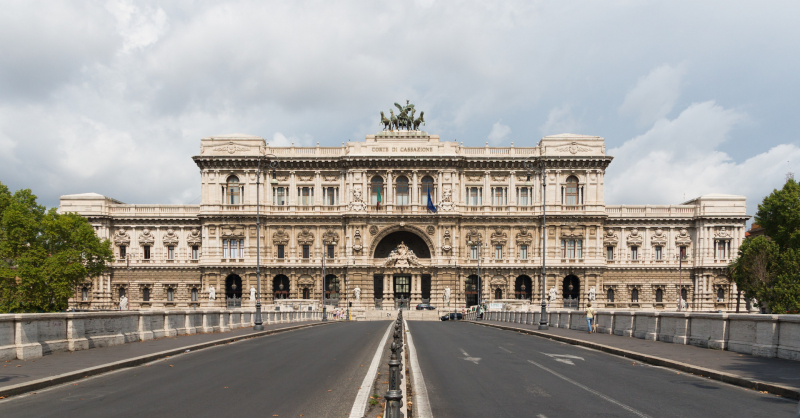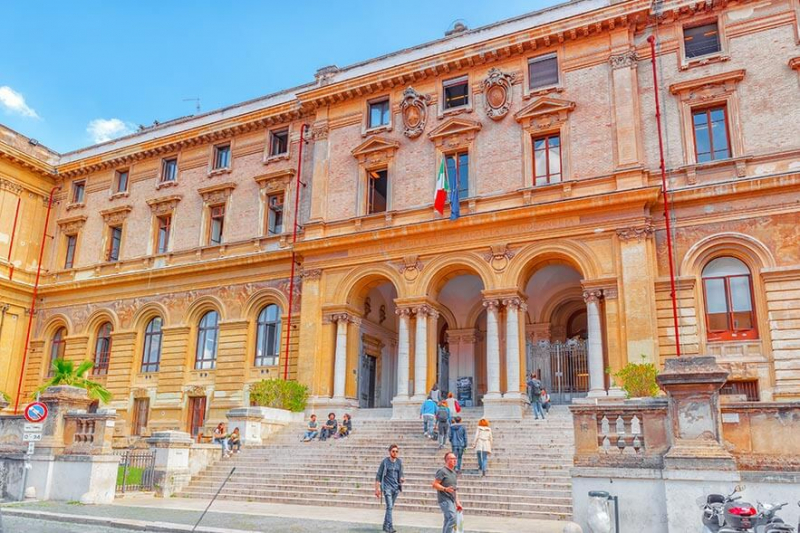Sapienza University of Rome

The Sapienza University of Rome, usually known as simply Sapienza or the University of Rome, and officially known as the Università degli Studi di Roma "La Sapienza," is an Italian public research university. It is one of Europe's largest colleges in terms of enrollments and one of the oldest in terms of history, having been founded in 1303. This university is one of the best universities in Italy and the world, consistently ranking top in national and regional rankings. It was ranked first in the world for classics and ancient history in 2018, 2019, 2021, and 2022.
Sapienza University of Rome now has eleven colleges and 65 departments, thanks to a 2011 reorganization. Sapienza is now Italy's largest university, with 140,000 students and 8,000 academic, technical, and administrative staff. Engineering, natural sciences, biomedical sciences, and humanities all have substantial research programs at the university. It offers ten master's degrees, all of which are taught exclusively in English.
The Sapienza educated the majority of Italy's governing class. Many Nobel laureates, Presidents of the European Parliament and European Commissioners, leaders of state, significant religious figures, scientists, and astronauts are among the Sapienza's notable alumni. It was ranked in the top 100 of the QS World University Rankings Graduate Employability Ranking in September 2018.
The Città Universitaria (University city), which encompasses 44 hectares (110 acres) near the Roma Tiburtina Station, is Sapienza University's major campus in Rome. Outside of Rome, the university includes satellite campuses, the most important of which is in Latina. The major library, the Alessandrina University Library (Biblioteca Universitaria Alessandrina), was built in 1667 by Pope Alexander VII and has 1.5 million volumes. It houses important collections such as the Ciceroniana Collection and the Fondo Festa.
Established: 1303
Location: Rome, Italy
Website: https://www.uniroma1.it/en
















